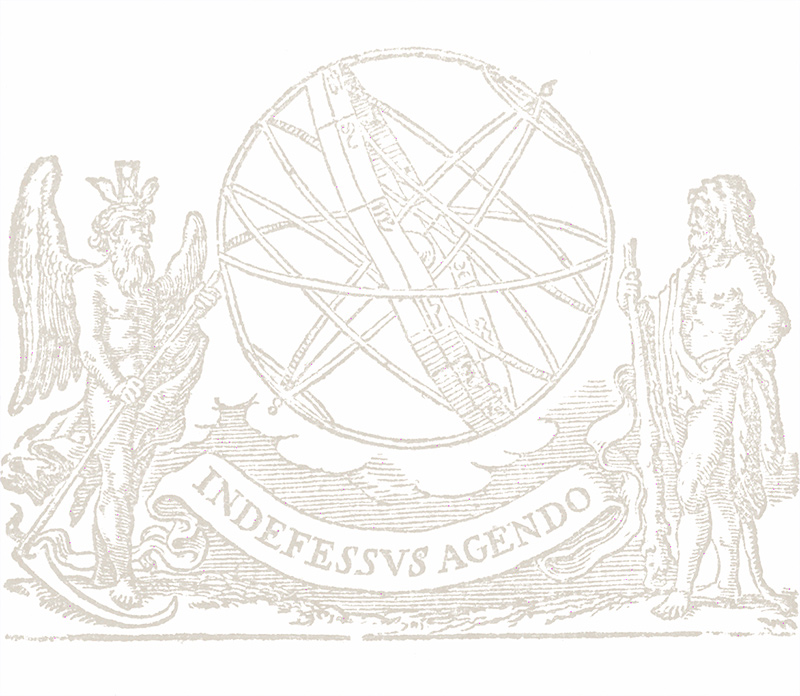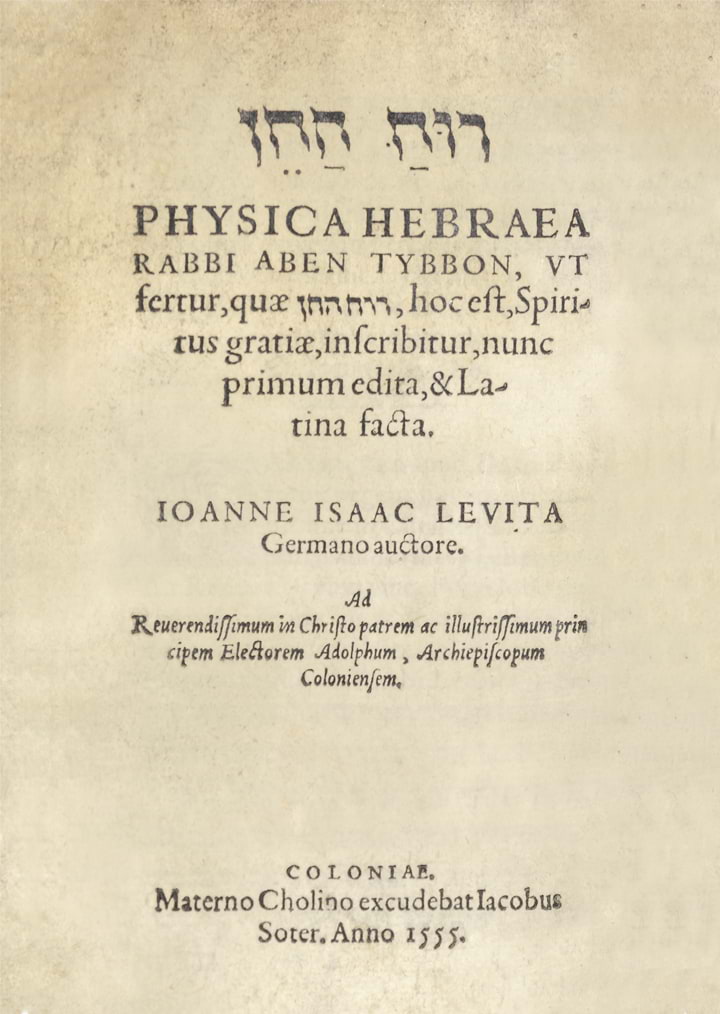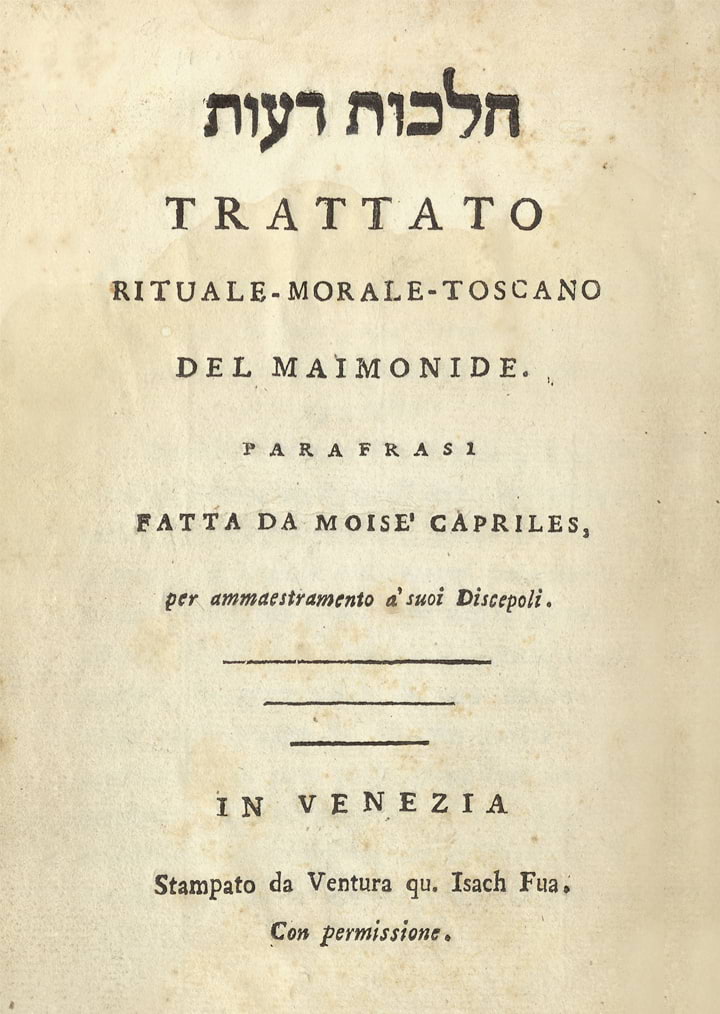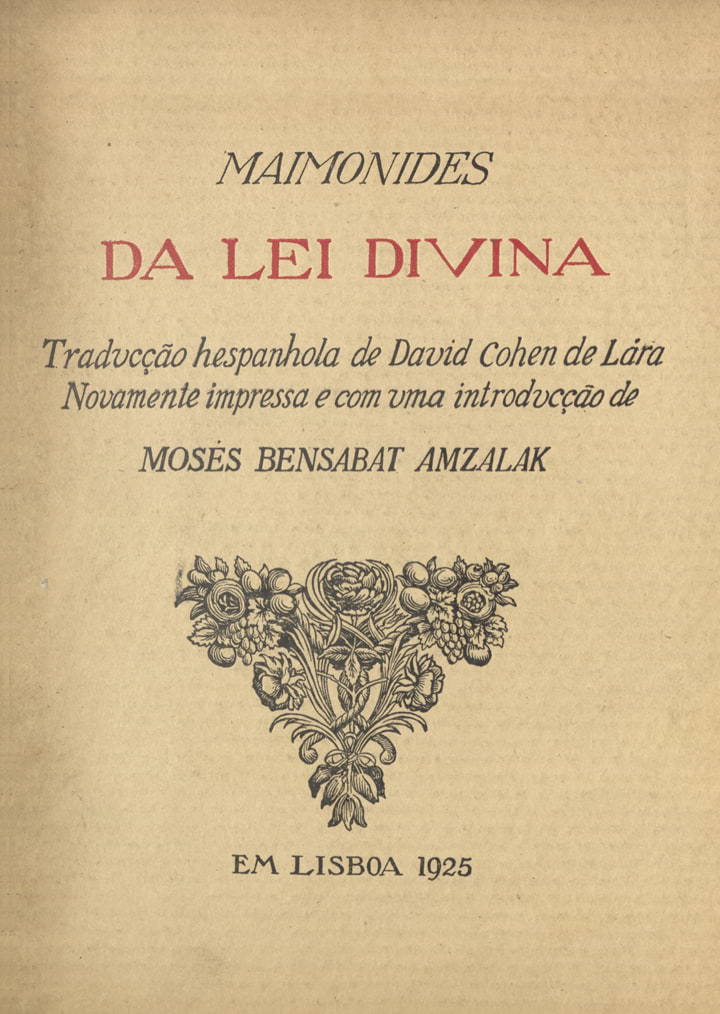Moses ben Maimon, better known as Maimonides (Cordoba, al-Andalus, Almoravid Empire, March 30, 1138-Cairo, Ayyubid Egypt, December 12th, 1204), was Jew and considered one of the greatest Torah scholars of medieval times. Known in Judaism by the acronym Ramba”m (רמב»ם), he served as a philosopher, rabbi, theologian, legislator and judge, physicist, astronomer and physician in al-Andalus, Morocco and Egypt. He was born into a distinguished family of rabbinical judges, scholars and community leaders. He began his biblical and Talmudic studies in the city of Cordoba, as well as philosophy and science, with special interest on the classical Greek authors, from Arab translations, and also the science from Islamic culture.
When the Almohad caliphate conquered Cordoba in 1148, it ended all privileges enjoyed by non-Muslims and many were forced to convert into Islam or go into exile. After Maimonides’ family wandered through several southern provinces of the peninsula, they chose exile (ca. 1157). Some historians suggest that Maimonides faked a false conversion while on the run, which was invalidated once it came to light in Egypt. After five years living in Fez, now Morocco, he had to emigrate again due to Almohad intolerance of Jews. After leaving Fez, he traveled from Morocco to Acre and traveled through the cities of Hebron and Jerusalem. Finally, after a brief stay in Alexandria, he settled in 1168 in Cairo, capital of the Fatimid Caliphate, and continued his studies in a yesiba attached to a small synagogue that bears his name today.
Established in Cairo, Maimonides’ family, wishing to increase their wealth, gave part of it to his brother, the young merchant David ben Maimon, who, attracted by the great riches in the East, went to India. David drowned in a shipwreck in the Indian Ocean. From an economic point of view, his death was devastating for the Maimonides family, since he was the member who took care of the family business. Maimonides had to assume the maintenance of the entire family, devoting himself fully to the practice of medicine. His successes in this field led him to become personal physician to the grand vizier Al-Qadi al-Fadil, and later to the Sultan Saladin and the entire royal family. In 1171, Maimonides was appointed leader of the Jewish community in Egypt, possibly in recognition of his role in rescuing Jewish captives from the Crusaders. Maimonides died on December 12th, 1204 in Cairo. Tradition holds that he was buried for a short time in a study hall (bet midras) in the courtyard of the synagogue. Later exhumed and his remains transferred to Tiberiades, Israel, where he was reburied.


Maimonides’ work, like his life, was varied, extensive and profound. Most of it was originally written in Arabic.
As a commentator, the first major rabbinical work that Maimonides composed was the commentary to the Mishnah, entitled The Luminar (in hb. Sefer hamaor). It was composed in Arabic, he began writing it ca. 1158, during his wandering years in al-Andalus, and completed it seven years later in Fostat.
As a codifier, there are two fundamental works of Maimonides: a brief one, The Book of Precepts, and another very extensive one, The Second Law (hb. Mishneh Torah). The second is Maimonides’ most important work in the field of rabbinic, with the widest circulation. He worked on it for ten consecutive years and finished it in 1180. It was originally written in simple Hebrew, similar to the Mishnah.
As a rabbi, he frequently practiced the genre of responsa and letters. Most of his responsa, that is, his answers to legal-religious queries, correspond to Maimonides’ years in Egypt, between 1167 and 1203; about half a thousand are preserved, in Hebrew or Arabic. As for his personal letters, several addressed to his students and to various scholars have been preserved.
As a philosopher, Maimonides offers his opinions and evaluations in letters, such as the one addressed to Samuel Ibn Tibon, and other writings, although his philosophical ideas are mainly expressed in the Guide for the Perplexed (hb. Moré Nebujim). The Arabic original was finished in 1200 and shortly thereafter translated into Hebrew in two different versions. The first was carried out by Samuel Ibn Tibon, finished in 1204 and advised by Maimonides himself. The second, a few years later by the poet Yehudah Al Harizi. In addition to the Guide, Maimonides composed other minor philosophical works, such as the Treatise on the Art of Logic (1158), the Epistle on Apostasy (ca. 1160), the Epistle to the Jews of Yemen (1172) and the Treatise on the Resurrection of the Dead (1191).
As a physician and physicians’ teacher, his first work was Extracts from the works of Galen or The Art of Healing, written for his students. It was followed by Commentary on the Aphorisms of Hippocrates (1195) and his own Aphorisms, translated into Hebrew as Pirqué Mosé (1187-1190), Explanation of disorders (1200), Guide to good health (1198), translated into Latin as De regimen sanitatis, Treatise on poisons and their antidotes (1199) and The names of drugs, Treatise on hemorrhoids, Treatise on asthma (1190) and Treatise on sexual intercourse (ca. 1191).
As an astronomer, Treatise on the calendar (1158), Rules of the consecration of the neomenia, integrated in the third book of the Mishneh Torah. His position on astrology is expressed in the Letter to the Jews of Marseilles (1194).
Maimonides was one of the most advanced men of his time and one of the greatest thinkers in Jewish history. His brilliant adaptation of Aristotelian thought to the Hebraic faith greatly impressed later Jewish thinkers. He had a great influence on the Christian theologist Thomas Aquinas, who mentions him in several works.
Maimonides’ Mishneh Torah is even today considered by Jews as one of the greatest works of codification of Jewish laws and ethics.


